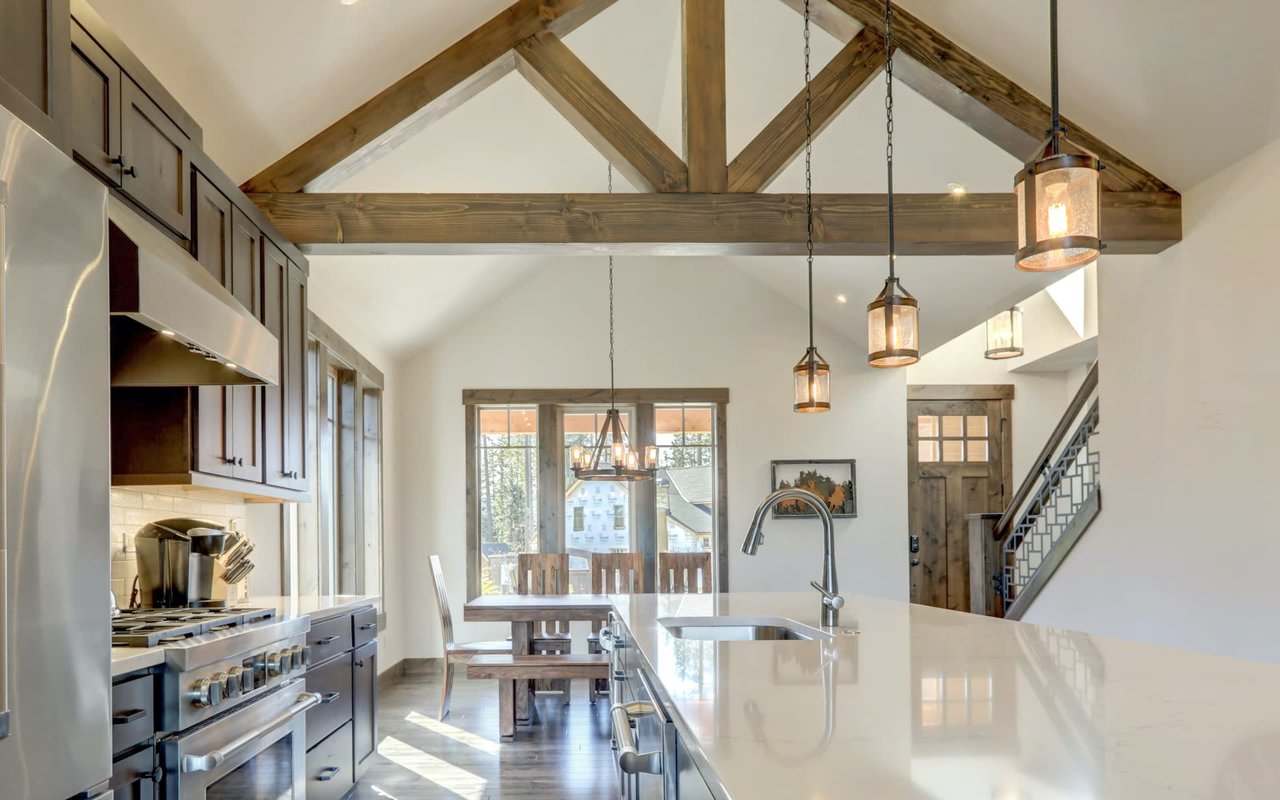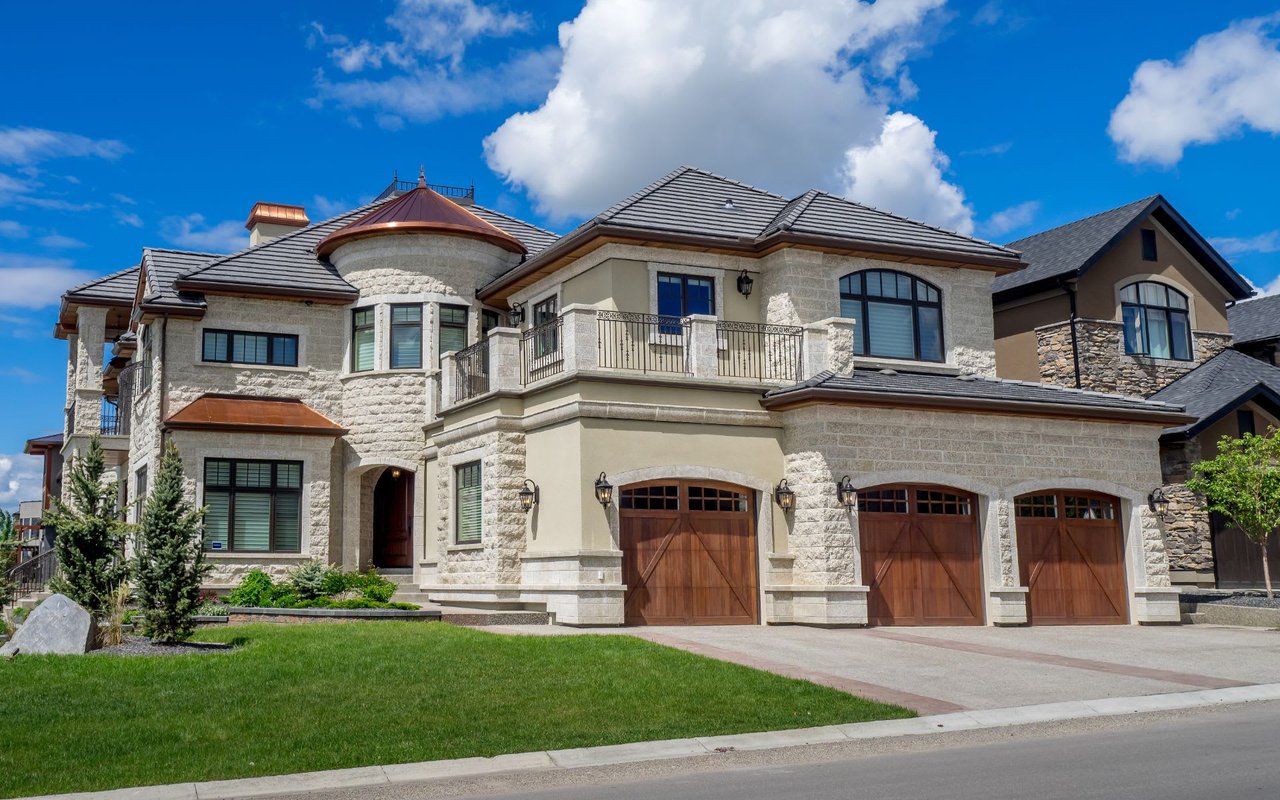
Can You Handle a Home Emergency Without Going Into Debt?
Shelly O'Neil February 5, 2025

Shelly O'Neil February 5, 2025
What if I told you the average homeowner spends over $180,000 on repairs and maintenance over 30 years? Sounds wild, right? But when you break it down, it’s simple math: homeowners spend an average of $6,087 per year on unexpected fixes, according to a recent survey by Real Estate Witch.
That’s more than most people pay in property taxes or homeowners insurance. Yet almost half of homeowners admit they don’t actively budget for these expenses.
The result? 59% of homeowners said they wouldn’t be able to cover a $5,000 emergency repair without going into credit card debt. And 23% would need to borrow just to cover a $1,000 repair.
So, how much should you save? And what can you do today to avoid going into debt when disaster strikes? Let’s break it down.
On average, homeowners spend $6,087 per year on maintenance and repairs—and that doesn’t include planned renovations. Some of the most common (and costly) repairs include:
HVAC repairs or replacements: $5,000 – $10,000
Roof repairs or replacement: $3,000 – $15,000
Plumbing issues (burst pipes, sewer line problems): $2,000 – $10,000
Foundation repairs: $5,000 – $25,000
Electrical system repairs: $2,000 – $6,000
Without proper planning, these expenses can quickly throw off your budget. But with a solid emergency savings plan, you can handle home repairs without stress—or piling up debt.
A good rule of thumb: save 1% to 3% of your home’s value annually for repairs and maintenance.
For a $400,000 home, that means setting aside between $4,000 and $12,000 per year.
👉 Older homes (20+ years old) or properties in areas prone to natural disasters? Aim for the higher end of this range.
If you don’t have savings set aside yet, don’t worry—it’s never too late to start.
Set a goal: $5,000 is a great starting point.
Automate savings: Set up an automatic transfer of $50-$200 per month into a separate account.
Round up transactions: Use apps like Acorns or Qapital to round up everyday purchases and save the spare change.
Cancel unused subscriptions (streaming services, gym memberships, etc.)
Cook at home more often instead of dining out
Negotiate lower rates on insurance, phone bills, or utilities
Take on gig work (Uber, DoorDash, freelance writing, etc.)
Sell unused items (Facebook Marketplace, eBay, Poshmark)
Allocate tax refunds or work bonuses directly into savings
A separate emergency fund in a high-yield savings account helps your money grow while keeping it accessible when you need it.
Even with the best planning, emergencies still happen. Here’s how to handle them without financial panic:
✅ Assess the Urgency: Is it a must-fix-now issue (like a broken furnace in winter) or something you can budget for over time?
✅ Get Multiple Quotes: Compare 2-3 contractors before committing to a repair.
✅ Negotiate and Ask for Discounts: Some contractors offer discounts for upfront cash payments or seasonal promotions.
✅ Consider a Home Warranty (If Worth It): Some homeowners benefit from home warranty plans, but read the fine print to avoid unnecessary costs.
✅ Use a Low-Interest Loan as a Last Resort: If you must borrow, look for low-interest personal loans instead of high-interest credit cards.
Homeownership comes with surprises, but the key to avoiding financial stress is planning ahead. When buying a home, make sure your budget includes not just the mortgage, but also savings for routine maintenance and emergency repairs.
By staying prepared, you can handle unexpected expenses without going into debt—and keep your home (and finances) in top shape.
Thinking about buying, selling, or investing in real estate? Let’s chat about your goals! Schedule a time to connect with me here: 📅https://calendly.com/shellyoneil









We're excited to connect with you and help you achieve your real estate goals. Whether you have questions about buying, selling, or investing, or you simply want to learn more about our services, we're here to provide the information and guidance you need. Let's connect today!